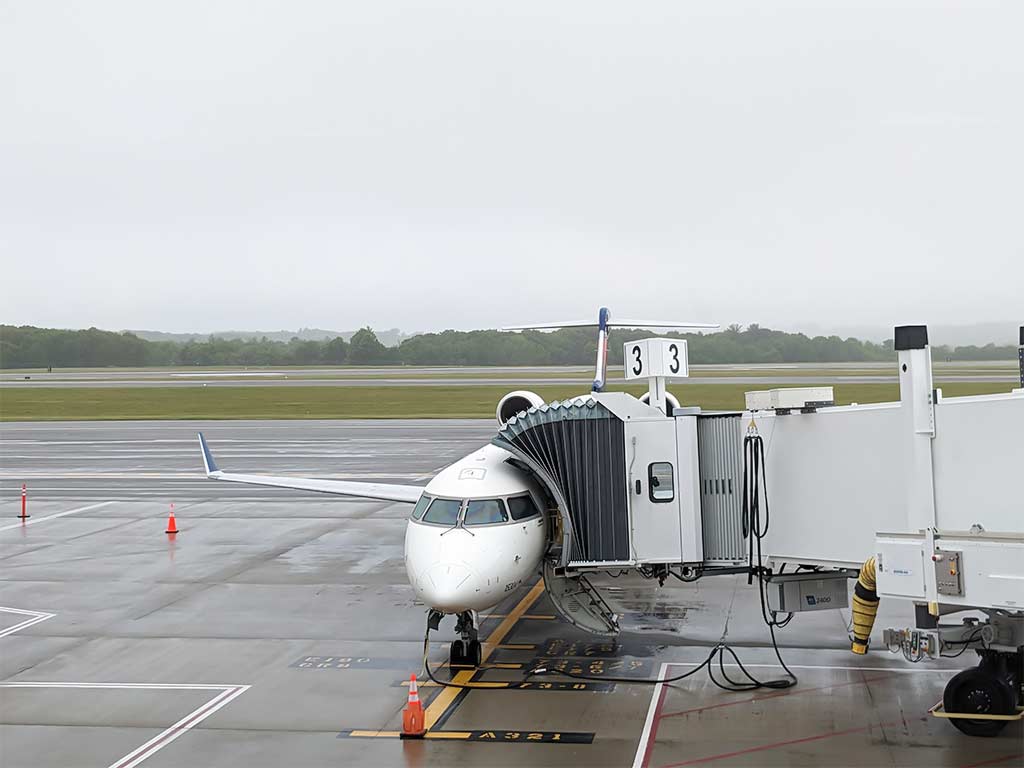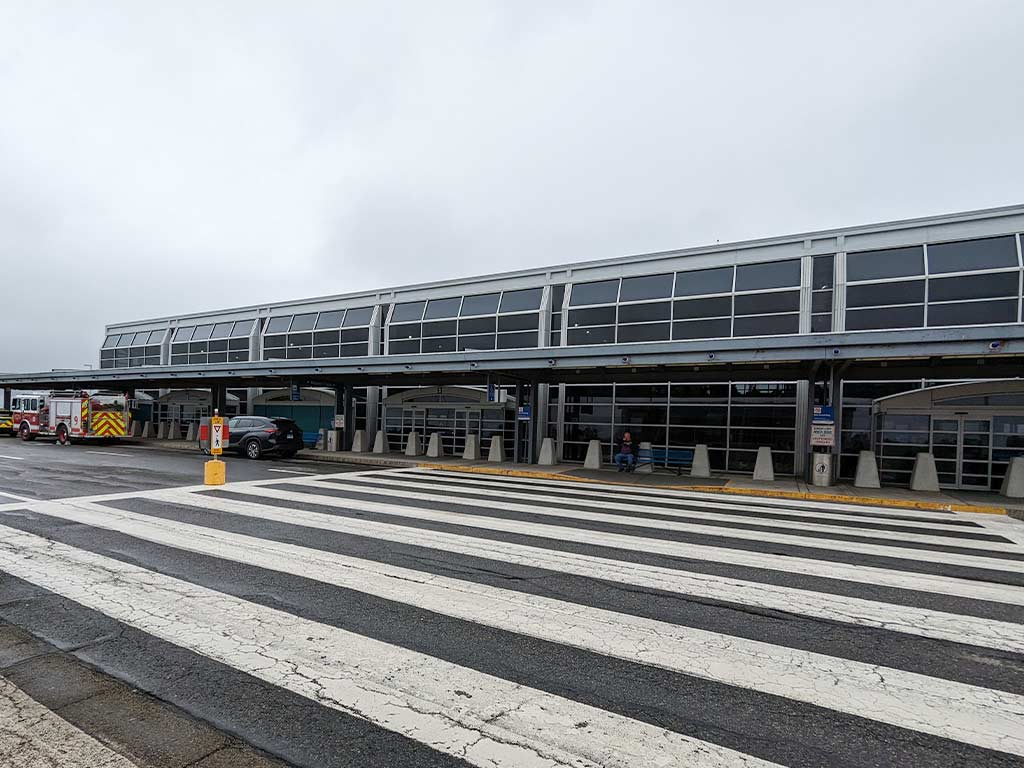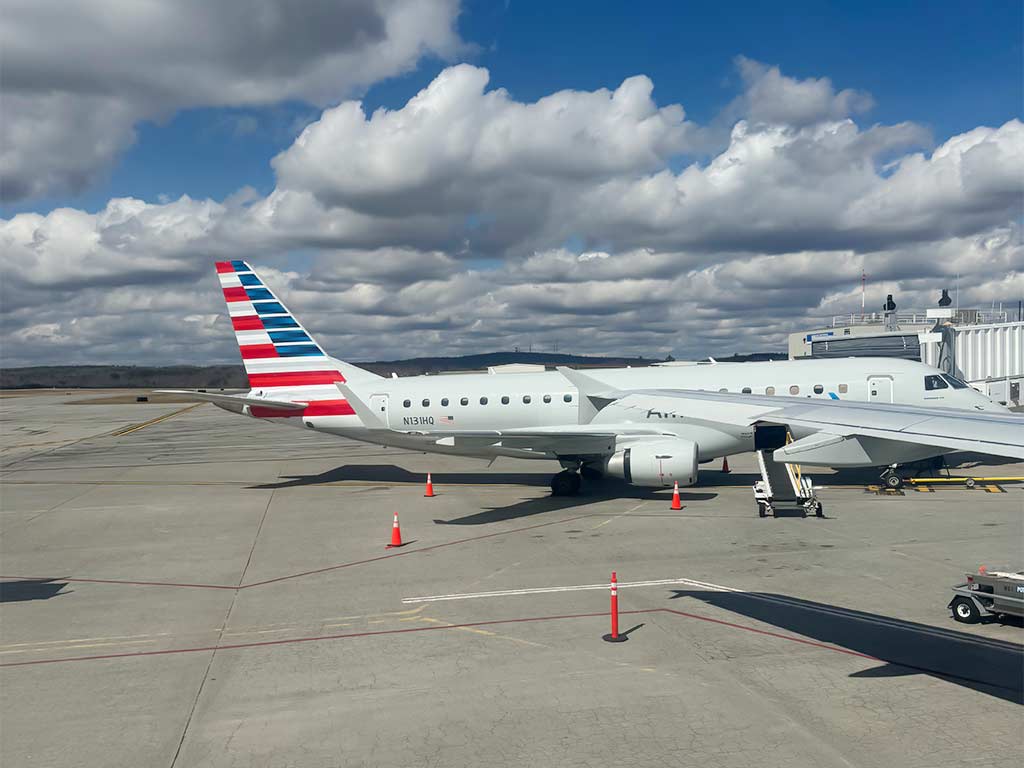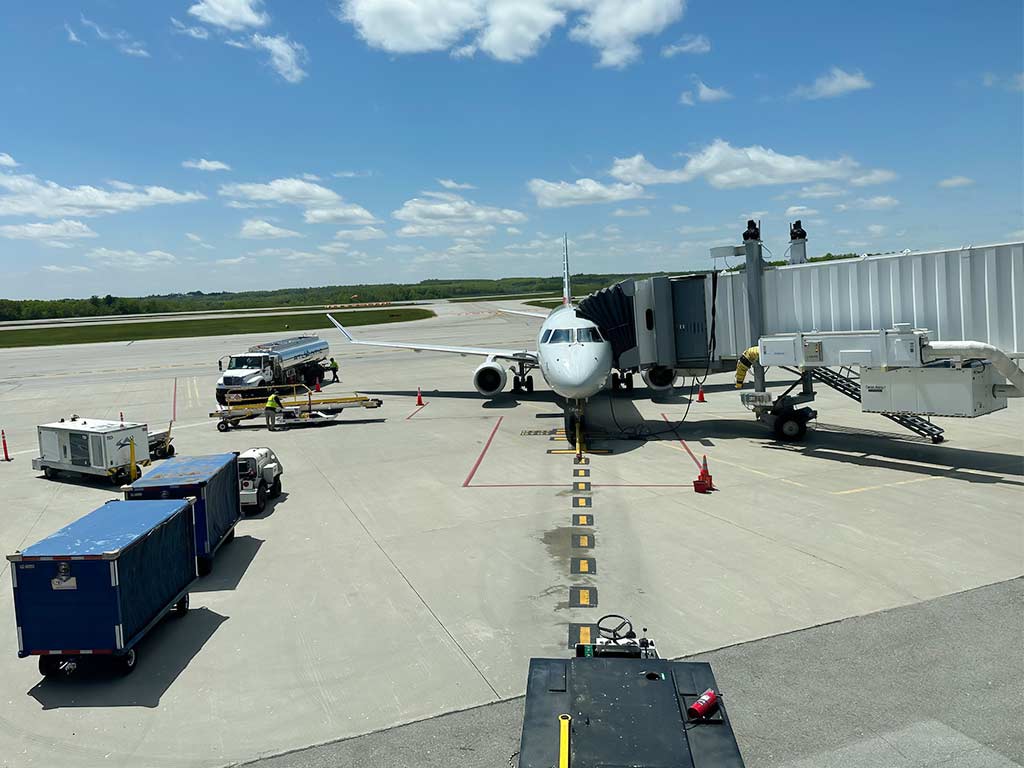Step back in time and explore the captivating history of Worcester Airport in Massachusetts. From its humble beginnings in 1926 as Worcester Airport with a single runway, to its transformation into Worcester Regional Airport in the 1970s, this aviation hub has witnessed significant milestones over the decades.
During World War II, the airport played a crucial role in military training, and in the 1950s, it underwent major renovations to enhance its facilities.
As larger airports in Boston and Providence rose to prominence in the 1990s, Worcester Airport faced challenges, leading to a decline in passenger traffic.
However, with strategic upgrades in the 2000s, including a new parking garage and terminal expansions, the airport experienced a resurgence in the 2010s.
Join us on a journey through time as we uncover the evolution of Worcester Airport and its enduring legacy in regional transportation.
History of Worcester Airport

Worcester Regional Airport, located in Worcester, Massachusetts, has a rich history dating back to its establishment in the early 1940s.
Here’s an overview of its history:
Early Years and Development
In 1926, Worcester Airport took its first steps with a single runway. While humble in its beginnings, the airport quickly grew in importance.
During World War II in the 1940s, it became a pivotal site for military operations, serving as both a training ground and a maintenance base for aircraft.
As the 1950s rolled in, significant renovations and expansions transformed the airport, adding a new terminal building and extending the runway.
Key Milestones from 2000 to 2020
In the 1970s, Worcester Airport made a significant transition, evolving into Worcester Regional Airport to better reflect its regional significance.
However, the airport faced challenges in the 1990s with a decline in passenger traffic due to the increasing popularity of larger airports in Boston and Providence.
The 2000s brought a fresh wave of changes, with new renovations and upgrades that included the construction of a modern parking garage and expansive terminal enhancements.
Expansion and Modernization: 2020 to Present
Fast forward to the 2010s, Worcester Airport experienced a resurgence in passenger traffic, marking a new era of growth and development.
The airport’s strategic expansion and modernization efforts in recent years have further solidified its status as a key transportation hub in the region.
With ongoing advancements and improvements, Worcester Airport continues to evolve, adapt, and serve the needs of travelers with efficiency and innovation.
Terminal and Facilities Overview

Worcester Regional Airport’s terminal and facilities have evolved over the years to accommodate the needs of travelers and the aviation industry.
Here’s an overview:
Upgrades and Innovations
In the early to mid-1980s, a significant shift occurred at Worcester Airport as technology evolved, and passengers sought quicker services and better amenities.
It became apparent to many that Buckley’s terminal was outdated and required a substantial upgrade or even a complete replacement.
The consensus was reached that the existing terminal needed extensive renovations that would almost cost as much as constructing a new building.
A modern $16 million, 68,000-square-foot terminal with a striking glass facade was inaugurated in 1993, replacing the old terminal.
This transformation marked a pivotal moment in Worcester Airport’s history, aligning it with contemporary standards and offering enhanced facilities to travelers.
For years, Whitin Whitall’s two-runway airport in North Grafton served as the primary commercial flight option for the region.
Initially opened in 1927, the airport attracted a large crowd during its dedication, featuring parachute jumps and aerobatic displays.
Known as Whitall Field and Worcester Airport, this aviation hub played a crucial role in the local air travel landscape.
Airline and Destination Evolution

The evolution of airlines and destinations at Worcester Regional Airport reflects the changing needs and trends in air travel over the years.
Here’s a brief overview:
Historical Airline Services
In its rich history, Worcester Airport has seen a dynamic evolution of airline services. From its inception in 1926 to its pivotal role during World War II and subsequent developments in the 1950s, the airport has been a witness to significant changes in the aviation industry.
Transitioning into Worcester Regional Airport in the 1970s marked a new era for Worcester’s air travel landscape. The airport faced challenges in the 1990s but underwent strategic upgrades in the 2000s to enhance its offerings to travelers.
Recent Carrier Additions
In recent years, Worcester Airport has welcomed new carrier additions that have further enriched its destination network.
These additions have expanded the reach of the airport, providing travelers with more options for convenient and efficient air travel.
The influx of new carriers signals a positive trend for Worcester Airport, positioning it as a hub for diverse travel opportunities.
The airport’s continuous efforts to attract and accommodate various carriers underscore its commitment to meeting the evolving needs of modern passengers.
Operational Statistics

Here is the operational statistics of Worcester airport:
Annual Passenger and Traffic Reports
Worcester Airport has seen fluctuations in its annual passenger and traffic reports over the years. The airport’s passenger numbers have showcased variations, influenced by factors such as economic conditions, airline services, and seasonal travel patterns.
These reports provide valuable insights into the airport’s performance, helping authorities and airlines to make informed decisions regarding routes, facilities, and service enhancements.
Most Popular Destinations
The most popular destinations from Worcester Airport have shifted over time, reflecting changing passenger preferences and airline offerings.
Destinations that were once the primary choice for travelers may have evolved as new routes were introduced or demands for certain locations increased.
Analyzing the trends in the most popular destinations from Worcester Airport offers valuable information for airlines to optimize their flight schedules and for travelers seeking convenient travel options.
Safety and Incident Records
Exploring Worcester Airport’s safety and incident records is crucial for assessing its operational reliability. As a passenger, you’re interested in understanding the airport’s safety measures and any historical incidents to gauge your travel experience.
Worcester Airport has maintained a commendable safety record over the years, prioritizing the well-being of travelers. With stringent safety protocols in place, you can have peace of mind knowing that your safety is the airport’s top priority.
In terms of incident records, Worcester Airport has experienced minimal incidents, attributing to its efficient management and proactive approach to safety.
By keeping a detailed record of any incidents and implementing preventive measures, the airport ensures a secure environment for all passengers.
While incidents are rare, being aware of the airport’s approach to handling and learning from past incidents is essential for continuous improvement.
Worcester Airport’s commitment to transparency and safety culture contributes to its reputation as a reliable transportation hub.
Overall, Worcester Airport’s focus on safety and continuous improvement reflects its dedication to providing passengers with a secure and comfortable travel experience.
By staying informed about the airport’s safety practices and incident management, you can confidently choose Worcester Airport for your upcoming travels.
Frequently Asked Questions
Are there any historical significance or events associated with Worcester Airport?
Established in 1926, Worcester Airport played a crucial role during World War II. It transitioned into Worcester Regional Airport in the 1970s, marking a pivotal development in its history.
What recent developments have taken place at Worcester Airport?
Strategic upgrades in the 2000s contributed to a resurgence in the 2010s. Recent expansions include a modern terminal and parking garage, enhancing its regional transportation hub status.
How has the airline network evolved at Worcester Airport?
The evolution of airline services has broadened its destination network, catering to modern passenger needs and connecting to numerous domestic and international destinations.
How does Worcester Airport prioritize safety?
Worcester Airport boasts a strong safety record with minimal incidents. Proactive safety measures are in place to ensure passenger well-being and continuous improvement.
Conclusion
You now have a deeper understanding of Worcester Airport’s rich history and its journey from its establishment in 1926 to becoming a prominent regional transportation hub today.
The airport’s strategic upgrades, modern facilities, and expanded destination network reflect its commitment to meeting the needs of modern travelers.
With a strong safety record and proactive measures in place, Worcester Airport ensures that your travel experience is not only convenient but also secure.
Whether you’re a local resident or a visitor passing through, Worcester Airport stands as a reliable choice for your air travel needs. Explore the airport’s vibrant history and embrace the seamless travel experience it offers.
Jaclyn Lowe